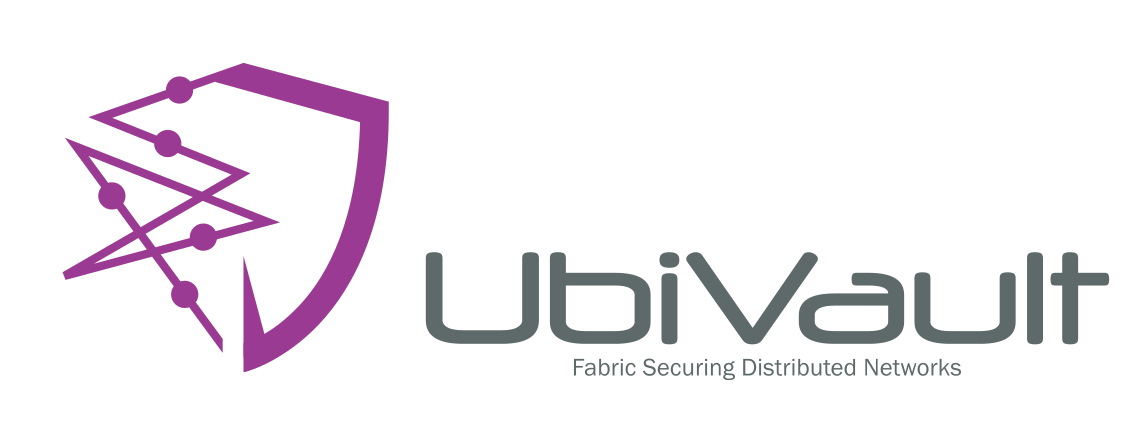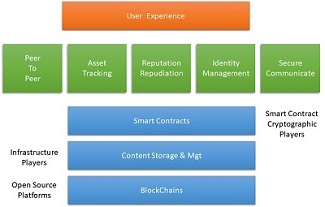INTRODUCTION
A block chain is a like a public ledger but with encrypted copies distributed among nodes in a network. The main premise is there is no need for a central database. An entry in one copy is distributed to all other node block chain entries.
Attempting to change a ledger entry using a blockchain network is not impossible but difficult. You must alter the entire ledger on 51 per cent of all network nodes. If the ledgers are not simultaneously altered, the nodes detect the entry as illegal and prevent the change.
What makes it even more difficult is that blockchains are both encrypted and hashed, each entry or group of entries chained to the previous segment in the block.
So, what is the main benefit using blockchains? On the blockchain, all transactions contain metadata with a unique entry identifier which acts as a proxy for the ‘owner’ making them private. Access to an entry is governed by permissions that may use single, multi-factor authentication along with digital signatures that are unique to a device or a service.
Because no central command exists, nobody has the authority or access to facilitate reading and by design, changing an entry. The methods used, and there are many variants to a blockchain structure, are too detailed to provide here.
The following are links on the subject. Click on the PDF icons


 BlockChain Introduction
BlockChain Introduction
